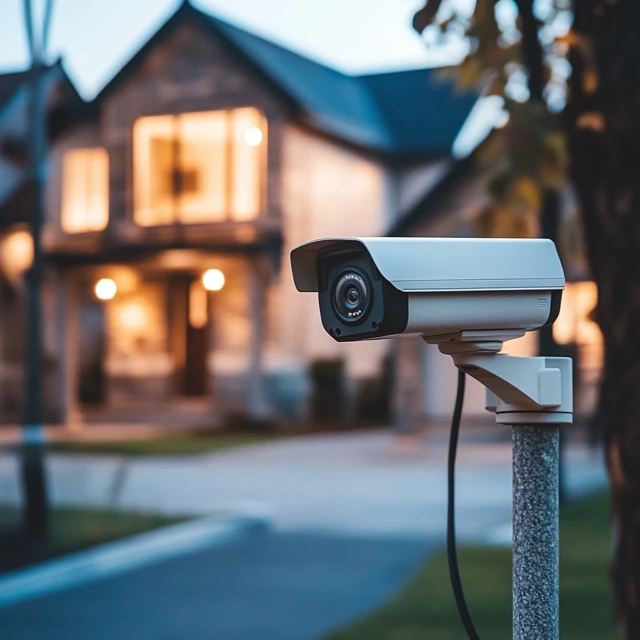
Best Lighting Ideas for a Cozy Home
Lighting can completely change how your home feels. Discover easy ways to make your space warm, inviting, and well-lit.
Read MoreLearn about modern security systems, cameras, and doorbells, and compare leading brands
Protecting your home and loved ones has never been easier, thanks to modern home security appliances and devices. From internet-connected cameras and motion sensors to smart doorbells and floodlight systems, you can customize a security setup for your property size, lifestyle, and budget. This page provides a thorough comparison of multiple brands, including Eufy, and highlights their standout products, features, and pricing structures.
Whether you live in a suburban house, city apartment, or country cottage, adding camera coverage or 24-hour alerts can deter break-ins and give you peace of mind. Many home security kits are easy to install as a do-it-yourself project or with minimal professional help, thanks to wireless connectivity and intuitive mobile apps.
Below is a table comparing some major home security companies, including Eufy, Ring, Arlo, Nest, and Blink. Each has its own unique approach to hardware design, cloud storage, and smart home integration. While Eufy stands out for privacy-friendly local storage, others emphasize robust ecosystems or brand partnerships.
| Brand | Core Products | Storage Options | Special Features | Price Range |
|---|---|---|---|---|
| Eufy | Wireless cameras, doorbells, baby monitors | Local storage with HomeBase, optional cloud plans | Focus on user privacy, AI detection (pet/human face) | Mid-level to premium ($100 to $300 per camera system) |
| Ring | Video doorbells, floodlight cams, alarm kits | Cloud subscription for video recordings | Integration with Alexa, wide product selection | Budget doorbells from $60, cameras up to $250 |
| Arlo | Battery-powered cameras, wired floodlights | Cloud storage tiers, local backup (some models) | 4K video in top lines, robust night vision | Often $150 to $400 per camera or kit |
| Nest (Google) | Indoor/outdoor cams, doorbell, Nest Hub integration | Google Nest Aware subscription for extended history | Smart detection (face recognition), synergy with Google Home | $130 to $350, plus subscription if desired |
| Blink (Amazon) | Battery cameras, mini indoor cams | Cloud subscription or local with sync module | Long battery life, low-cost entry | $35 to $100 per camera, budget-friendly |
Eufy's local storage approach appeals to users prioritizing privacy and less reliance on monthly fees, while Nest integrates seamlessly with Google's ecosystem. Arlo offers high-end resolutions, and Ring is often chosen for its Amazon partnerships. Blink stands out for affordability and basic solutions that cover smaller properties or budgets.
Eufy, by Anker, positions itself as privacy-centric, offering local storage in many products (EufyCam, Eufy Doorbell) to minimize cloud reliance. Some cameras run AI-based detection on the device, cutting cloud processing and potentially safeguarding personal data. Their hardware has consistent battery performance, and image quality is typically 1080p to 2K.
Ring, owned by Amazon, is known for its popular video doorbells and a broad lineup of outdoor cameras. Many choose Ring for Alexa integration, easy app usage, and optional alarm system expansions. Critiques often revolve around subscription costs for storing recorded clips, though real-time alerts remain free.
Arlo focuses on high-quality video performance, with certain lines reaching 2K or 4K resolution. Their cameras feature advanced night vision and robust weatherproofing. Some models allow local backups via a hub, but cloud plans unlock advanced detection or extended clip histories. Pricing can be higher than budget rivals.
By balancing privacy preferences, hardware price, and subscription potential, you can build a home security system that meets your household's needs. Some families prioritize ease of use, while others want total local control or advanced AI-based detection. Research thoroughly and read user reviews, especially if you live in areas with extreme weather or have special use cases like monitoring pets, garages, or second properties.
